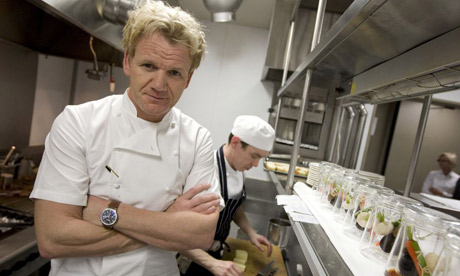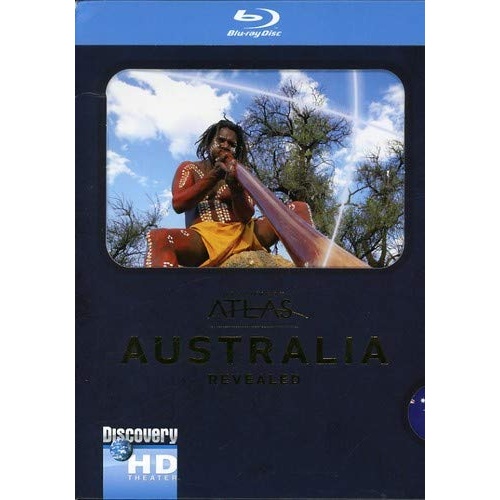This is one of the first films that I have gone in to without reading the synopsis beforehand. The story lacks narration, but is told by police officers, lawyers and inmates. It centers on a man named Randall Dale Adams as he faces the death sentence for supposedly killing a police officer after his car was pulled over. Many reenactment scenes were shown depicting the police officer Robert W. Wood being shot and many "witnesses" were interviewed about the incident. In my opinion, one of the witnesses that were interviewed for this film didn't seem like he had his story straight, leaving me to believe that people might have come forth just for media attention. The man also happened to own his own car rental business, which sort of explains his motives. The film has a very interesting soundtrack that really brings out the emotion and gives this story a dark feeling, it was composed by Philip Glass who collaborated with filmmaker Errol Morris.
It was certainly a new experience for me, as I have never watched a documentary before that really just throws you into a story without explaining much. Without narration the puzzle is open for audiences to put together, and is almost like an interactive experience in a way.
After almost 12 years in prison, Randall Dale Adams was freed due to re-investigated evidence that proved he was not the murderer. The Thin Blue Line was responsible for the reinvestigation of his case.
60 MINUTES (Australia) - GORDON RAMSAY
After almost 12 years in prison, Randall Dale Adams was freed due to re-investigated evidence that proved he was not the murderer. The Thin Blue Line was responsible for the reinvestigation of his case.
60 MINUTES (Australia) - GORDON RAMSAY

This short television doc gives viewers a walk-through in the life of Gordon Ramsay. It takes us from his past to his present, in which his empire (which he built from scratch) is now worth $130 million. 60 Minutes Australia brought their camera crews to Gordon Ramsay's house, where they showed a different side of him. When he is off camera and away from reality television, he is shown as a well mannered family man, who has a close relationship with his two daughters. On reality television however, he is shown as aggressive and out-of-line towards the chefs in which he trains. At one point in this documentary it is brought up that Australian television is in the process of taking action against Ramsay, accusing him of using the word "fuck" 80 times or more during his television show. The interviewer brings up that his erratic behavior is the result of having a trouble childhood in which his father was an alcoholic and his brother a heroine addict.
In my opinion, I think the interviewer is wrong. The way Gordon Ramsay is portrayed on television is simply just a way to grasp an audiences attention to gain viewership, in which it is successfully doing.
This tv doc was a mix of archive footage from Ramsay's reality shows, a conducted sit-down interview and footage of his family life. I don't know what the regulations are on Australian television, but I was surprised that many curse words were aired in this piece and are also uncensored from his reality show aired in Australia. It is now 2011 and this type of uncensored television needs to be brought over to North America, in my opinion.
DISCOVERY ATLAS - AUSTRALIA REVEALED

Bought this film on Blu-ray awhile back, it's one of many in the Discovery "Atlas" series, and it is narrated by Russell Crowe. This doc was a wonderful visual experience. It was shot in 1080p HD and really focused on Australia's plant life and architecture. One thing I never knew about Australia before is that it is larger than Europe but has a population that is 30x smaller, having a population of only 20 million people. We've always associated kangaroo's with Australia from what we see on TV, but another unusual animal that is shown in this documentary are camels. Camels were used in the 19th century as a means to transport explorers.
Below is a picture of wild camels in Australia:

Here is Australia Revealed (part 1 of 7) that has been uploaded to YouTube, you may skim through it and check it out. Although the quality does not match the blu-ray version:
Aside from the interesting facts, there were many great depth of field shots in this doc. For example, in once scene a camera zoomed in on a kangaroo eating in the wild, and after a few seconds the background slowly started to go out of focus as the kangaroo was isolated. I could say that this doc was very visually pleasing than anything I've seen before, however, In some parts of this documentary the footage was REALLY grainy. Some of the grainy footage was even in the same segments, in alternate shots where the quality was crystal clear 1080p. I found that to be a little weird, and if I could take a screen shot of this experience I would. Otherwise, all-in-all this was a great experience and I will definitely be checking out more in the Discovery Atlas series.






